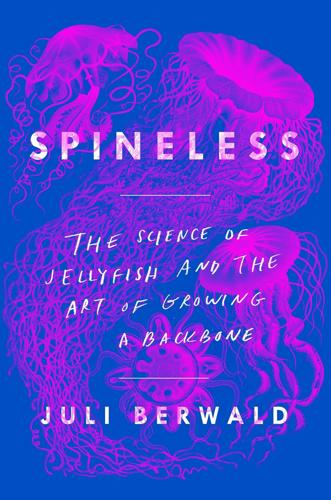
Spineless: The Science of Jellyfish and the Art of Growing a Backbone
by
Juli Berwald
Published 14 May 2017
If, therefore, you could, without taking any special trouble, jot down from memory the works you think most deserving of mention, I think it would be of benefit to the reading public.” Darwin wrote back, “I will send by to-day’s post a large book by Focke, received a week or two ago, on Hybrids, and which I have not had time to look at, but which I see in Table of Contents includes a full history of subject and much else besides.” Indeed, Wilhelm Olbers Focke’s book did contain much else. It summarized Mendel’s results on pages 108–111. But fate placed a fold of paper in the way. In the nineteenth century, books were printed on big pieces of paper, the size of a full sheet of newspaper. The pages were folded to book size and sewn together. When people read these books, they would use a penknife to slice open the folds, separating the pages.
…
., 78 Fisheries, 73, 158, 161, 171, 301, 303 benefits of marine protected areas for, 200 decline and collapse of, 9, 24, 27–33, 234–35 jellyfish, 44–46, 64, 187, 228 models of, 173, 174 Florida, 25, 31, 46, 128–29, 154, 199, 251, 254–55, 265. See also specific cities and regions Flotation. See Buoyancy Fluorescence, 115–18 Foça (Turkey), 76 Focke, Wilhelm Olbers, 143–45 Fossil fuels, 8, 15, 24, 161, 170, 178–79, 285 France, 253, 299 Friday Harbor Labs, 111 Frogfish, 226 Fukuoka (Japan), 201, 202 Fungia, 278 Gale, Wynn, 44–46, 220 Galil, Bella, 243–35, 246, 247, 283–84, 286–88, 290 Galilee, Sea of, 258 Galveston, 154 Garm, Anders, 123–26 Gelata, 11, 12, 14 Gemmell, Brad, 90 Genoa, 151, 157 University of, 159 Georgia, 44–46, 219, 220 Germany, 71, 118, 152, 285 Nazi, 73–75 Giant jellyfish, 13, 31, 188, 208–14, 228–32 blooms of, 9, 26, 184–85, 224 bycatch of, 193, 228 culinary, 43–44, 219–21 deterioration out of water, 213–14, 232 diving with, 194–95, 201, 211 names in different languages for, 183 polyps of, 64, 184, 230 in Rise of the Jellyfish, 58, 194 seeding areas for, 229 sightings of, 201–2, 210 stings of, 15, 213, 253 weight of, 39, 184, 187, 213, 221 See also Sea nettles Gibraltar, 245 Glaucus atlanticus (blue dragon), 192 Global warming, 8, 10, 15, 285.
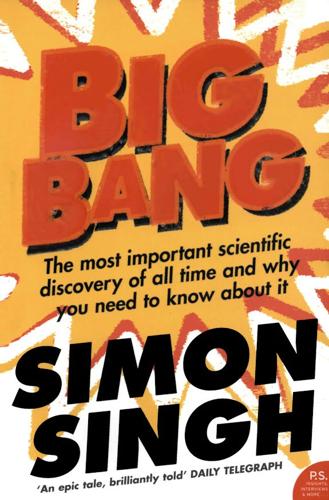
Big Bang
by
Simon Singh
Published 1 Jan 2004
To put this into perspective, if the universe were miniaturised so that our Solar System, everything from the Sun to the outer reaches of Pluto’s orbit, could be squeezed inside a house, then our neighbouring stars would still be dozens of kilometres away. It became clear that our Milky Way is exceedingly thinly populated. Bessel’s contemporaries praised his measurement. The German physician and astronomer Wilhelm Olbers said that it ‘put our ideas about the universe for the first time on a sound basis’. Similarly, John Herschel, William Herschel’s son and himself an acclaimed astronomer, called the result ‘the greatest and most glorious triumph which practical astronomy has ever witnessed’. Not only did astronomers now know the distance to 61 Cygni, but they could also estimate the size of the Milky Way.
…
Any unbiased observer could see that they were on the brink of extinction, whereas the Big Bang model was not only surviving, but thriving. The universe simply made more sense in the context of the Big Bang model. For example, in 1823, when scientists assumed that the universe was infinite and eternal, the German astronomer Wilhelm Olbers wondered why the night sky was not ablaze with starlight. He reasoned that an infinite universe would contain an infinite number of stars, and if the universe was infinitely old then this would have allowed an infinite amount of time for the starlight to have reached us. Hence, our night sky ought to be flooded with an infinite amount of light from all these stars.
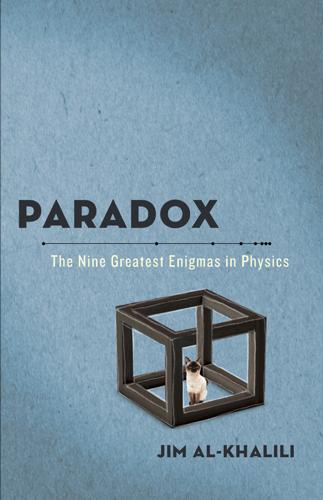
Paradox: The Nine Greatest Enigmas in Physics
by
Jim Al-Khalili
Published 22 Oct 2012
But in order to resolve the paradox satisfactorily, we must first see how it evolved through history. An Infinity of Stars Given how long astronomers have been aware of this paradox, it is somewhat surprising that it was as recently as the 1950S that it was attributed to, and named after, Heinrich Wilhelm Olbers, a nineteenth-century physician and amateur astronomer from Bremen in Germany. In fact, few astronomers even seemed interested in it until then. In 1952 the great Anglo-Austrian cosmologist Hermann Bondi published an influential textbook in which the term “Olbers’ Paradox” was coined for the first time.
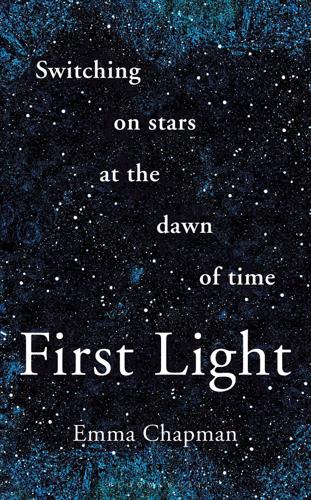
First Light: Switching on Stars at the Dawn of Time
by
Emma Chapman
Published 23 Feb 2021
The littlest of words with the biggest of consequences. For centuries, natural philosophers, physicists, astronomers and even poets wondered why the sky is dark. Their belief was that the Universe was infinitely old and infinitely large, as they had no evidence to the contrary. Olbers’ paradox (named after the German astronomer Heinrich Wilhelm Olbers) states that if the Universe is infinitely old and unmoving then every direction you look in should land on a star. The problem captured the imagination of many and even Edgar Allan Poe weighed in, in his 1848 prose poem ‘Eureka’: ‘Were the succession of stars endless, then the background of the sky would present us a uniform luminosity, like that displayed by the Galaxy – since there could be absolutely no point, in all that background, at which would not exist a star.’
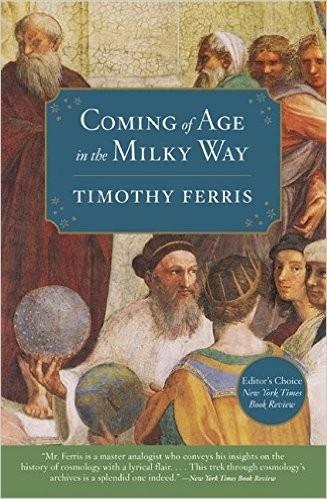
Coming of Age in the Milky Way
by
Timothy Ferris
Published 30 Jun 1988
Hinton’s career was interrupted—and his subject cast into further ignominy—when he was convicted of bigamy for living out the free-love philosophy of his father, who liked to say that “Christ was the Savior of men, but I am the savior of women, and I don’t envy Him a bit!” Hinton fits dropped dead at a banquet of the Society of Philanthropic Inquiry in Washington, D.C., moments after delivering a toast in honor of femininity.35 *This disturbing puzzle, known today as Olbers’s paradox after the nineteenth-century German astronomer Wilhelm Olbers, was discovered independently by other astronomers, among them Halley, who lectured on it at a Royal Society meeting in 1721. Newton chaired that meeting, but for some reason never wrote about the paradox. The historian of science Michael Hoskin suggests that the old man was napping while Halley spoke.38 †Alternately, general relativity allows that the universe might be structured like a four-dimensional hyperbola, in which case it would be both infinite and unbounded.
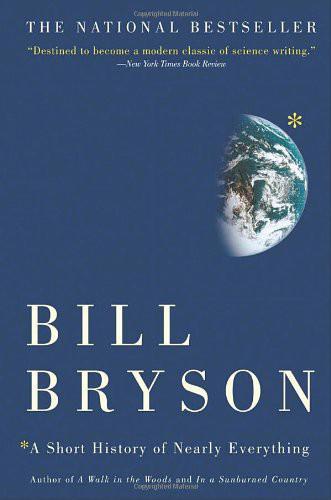
A Short History of Nearly Everything
by
Bill Bryson
Published 5 May 2003
Eventually he was made abbot. Mendel's findings weren't quite as widely ignored as is sometimes suggested. His study received a glowing entry in the Encyclopaedia Britannica—then a more leading record of scientific thought than now—and was cited repeatedly in an important paper by the German Wilhelm Olbers Focke. Indeed, it was because Mendel's ideas never entirely sank below the waterline of scientific thought that they were so easily recovered when the world was ready for them. Together, without realizing it, Darwin and Mendel laid the groundwork for all of life sciences in the twentieth century.